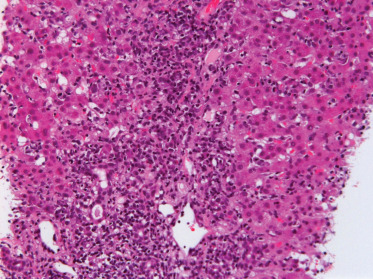Advanced Applications of Biobased Materials: Food, Biomedical, and Environmental Applications, Volume , 1 January 2023
Clinical Immunology (Sixth Edition)
Principles and Practice
2023, Pages 361-374
Esophageal Disease and the Role of the Microbiome
2023, Pages 91-114
Health Care Today in the United States
2023, Pages 47-67
Clinical Immunology (Sixth Edition)
Principles and Practice
2023, Pages 832-842
Clinical Immunology (Sixth Edition)
Principles and Practice
2023, Pages 972-982
Clinical Immunology (Sixth Edition)
Principles and Practice
2023, Pages 573-585


